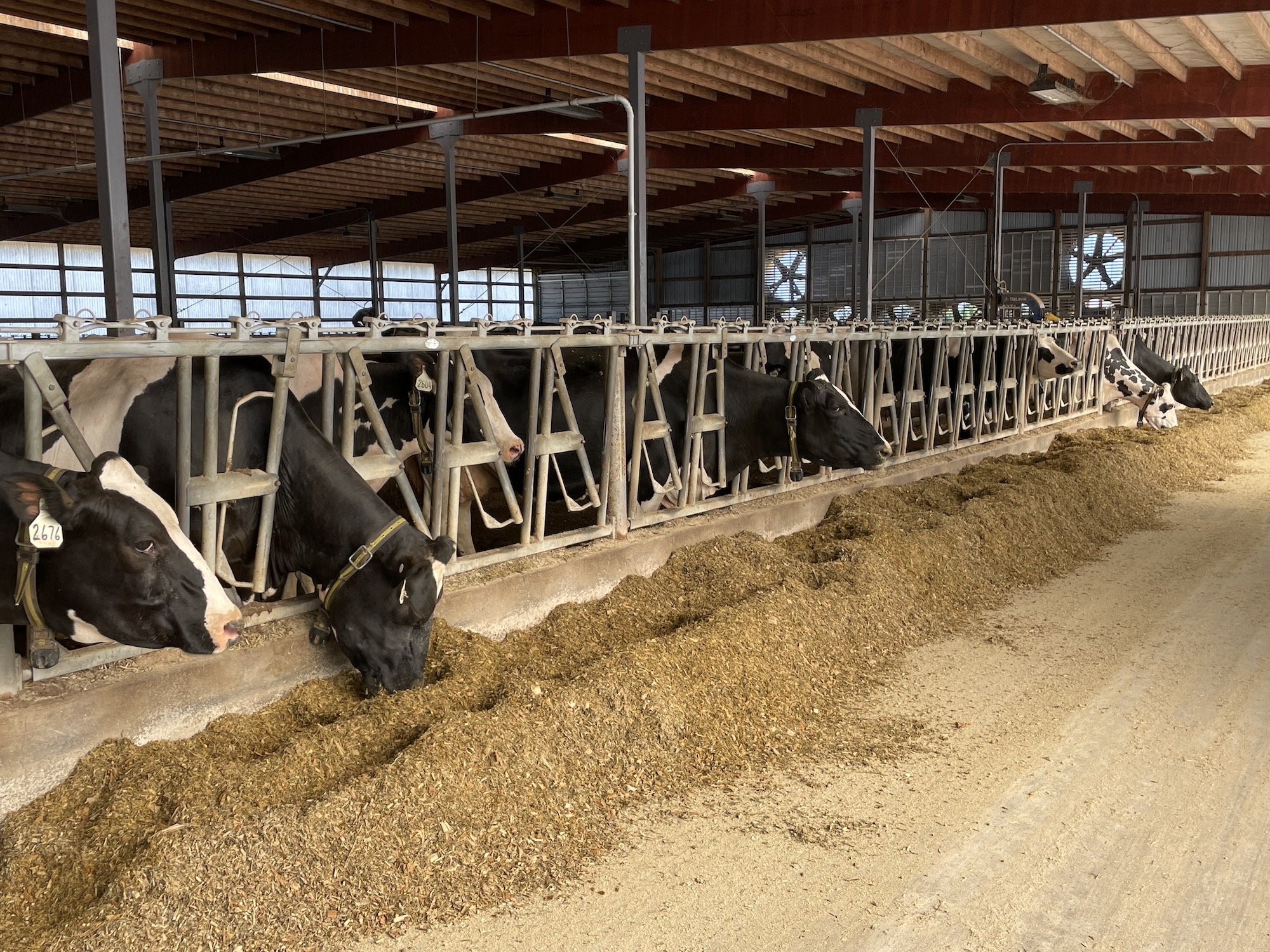How Cheese is Helping to Keep a 5th Generation Dairy Farm Afloat
Between 2003 and 2020, the number of dairy farms operating in the United States has decreased by 55%. In 2020 alone, over 2,500 dairies (7% of all US dairy farms) shuttered, many of which were small farms that had been family-owned for generations.
Small dairy farms face myriad challenges. The costs of fuel and labor are rising, due to inflation and a shortage of workers throughout the economy. Climate change has affected crop growth, leading to animal feed shortages and increased costs. Meanwhile, as operating expenses rise, the price dairy farmers earn for their milk has fallen. Large industrialized dairies are able to survive on increasingly tight profit margins; many small, family-owned dairy farms aren’t.
Feltz Family Farm
In Stevens Point, Wisconsin, Jake Feltz is working to defy that trend. In 2021, he became a licensed cheesemaker, producing curds at an on-site creamery on his family's fifth-generation dairy farm. He sees expanding into farm-related businesses, including agritourism, retail, and cheesemaking, as a way for family-owned dairy farms to be sustainable in the long term.
In the Feltz family’s case, they’ve had to contend with urban sprawl: surrounding land that was once farmland has been developed into a shopping complex.
The family’s foray into cheese started in 2017, when they opened Feltz’s Dairy Store on their farm. “Financially things were not going so well,” says Feltz. “Instead of adding more cows, which we didn’t have the space to do anyway, the dairy store was a way to expand without taking up more of a footprint.”
At first, the dairy store sold curds made by another creamery. Over the next few years, Feltz completed the coursework and over 200 hours of on-the-job training required to become a licensed cheesemaker. Today, the dairy store sells curds Feltz makes on-site, and customers can bite into fresh curds minutes after they’re produced.
Local Cheese & Cheese Education
The store also sells specialty cheeses made by other local cheesemakers and locally produced chocolates, baked goods, honey, candles, soap, and maple syrup. A large window offers customers a behind-the-scenes peek at the adjacent climate-controlled barn, where 100 cows are cared for and automatically milked by robots. Another window provides a view of the creamery, where the first customers of the day can watch Feltz and his father Ken make day’s batch of curds.
Eventually, Feltz hopes to expand the creamery and produce other varieties of cheese. Currently, about 98% of the farm’s milk goes to another cheese plant. Feltz would like to utilize more of that milk on-site, developing new products to keep customers engaged.
In addition to the financial benefits, Feltz notes that the dairy store and creamery have provided an opportunity to bridge the gap between the farm and the surrounding community. “A big thing for us is education—teaching people what we do, letting people see it for themselves, and being open and transparent. We try to do as many tours as we can.”
“It’s funny how few kids have a relationship with farming. When I was growing up—and I’m only 26—lots of kids had a family member with a farm, a grandfather or an aunt or uncle. But in the last 15-20 years, there’s really been a decrease in the number of farms.”
The Future of Farmstead Creameries
Although the number of family-owned dairy farms is decreasing, the number of farmstead creameries is increasing, a trend that mirrors the growth of the artisan cheese movement dating back to the 1980s. In recent years, farmstead production in Wisconsin has grown faster than any other category of cheese. Other states where farmstead production is increasing include Vermont, California, and North Carolina.
Feltz is optimistic about the future of small-scale, farmstead creameries. “I think you’ll continue seeing artisan cheese expanding, kind of like microbreweries. People like to see how products are made locally.”





